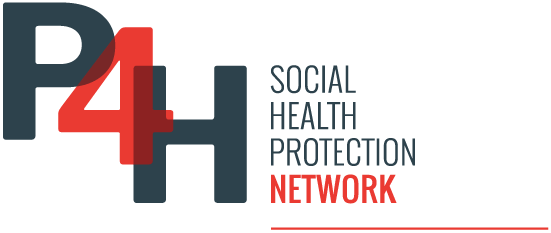South Africa’s NHI aims for universal healthcare but risks higher costs, reduced access, overburdened public hospitals, provider exits, rising lawsuits, and costly transitions. Without viable alternatives, it could destabilise both public and private healthcare sectors.
The National Health Insurance (NHI) Act in South Africa has been presented as a bold reform to achieve Universal Health Coverage (UHC) and ensure equitable access to quality healthcare. While the intention is laudable, a detailed analysis by Genesis Analytics, commissioned by the Health Funders Association (HFA), reveals deep structural, fiscal, and operational flaws that could weaken the health system, overburden public finances, and ultimately reduce care access—particularly for vulnerable populations.
Successful implementation of the NHI would require personal income tax rates to more than double and the recruitment or training of around 286,000 healthcare professionals, both of which appear unrealistic. Beyond these headline challenges, there are seven major downside risks that underline the policy’s fragility.
The seven identified risks are:
Escalating prices from increased demand: Universal access is expected to drive a surge in healthcare demand without matching capacity increases, which will inflate the costs of staff, beds, medicines, and technology. Healthcare inflation—historically above general inflation—will likely make the system financially unsustainable.
Shrinking supply due to dictated prices: The NHI Fund will operate as a monopsony buyer, aiming to control costs by setting prices. However, overly low prices could cause providers, pharmaceutical companies, and other suppliers to exit the market, leading to shortages, doctor emigration, and reduced investment in infrastructure.
Reduced access from payment mechanisms: The planned capitation model (paying per patient, not per service) can be effective only if supported by robust analytics and risk adjustment systems. Without these, providers may limit services, especially for high-need patients, to remain financially viable.
Facility management challenges in the public sector: Public healthcare facilities often face chronic underperformance, with a third failing to meet minimum quality standards due to staffing shortages, equipment failures, and weak accountability. Integrating private providers into this system without reform could worsen outcomes.
Rising medico-legal costs: As more patients are absorbed into overstretched public facilities, errors and dissatisfaction may rise. This could escalate medico-legal claims—already exceeding R100 billion—diverting scarce funds from service delivery to litigation.
Rising costs during the transition: The 10–15 year transition period, combined with restrictions on medical schemes and the removal of tax credits, could push many lower-middle-income members out of medical cover. This risks triggering a premium “death spiral”, driving up costs for the remaining members.
Increased out-of-pocket expenses: Once implemented, Section 33 of the NHI Act bans schemes from covering services in the NHI package. If care is delayed or denied, patients must pay directly. South Africa’s low out-of-pocket rate could rise, reducing its current above-average UHC index score.
Overall, analysts warn that the NHI Act could destabilise the private sector, strain public systems, and leave millions worse off. Alternative reforms—such as the HFA’s hybrid multi-fund model—offer potential to expand access through primary care investment, public-private collaboration, and more financially sustainable funding mechanisms.



